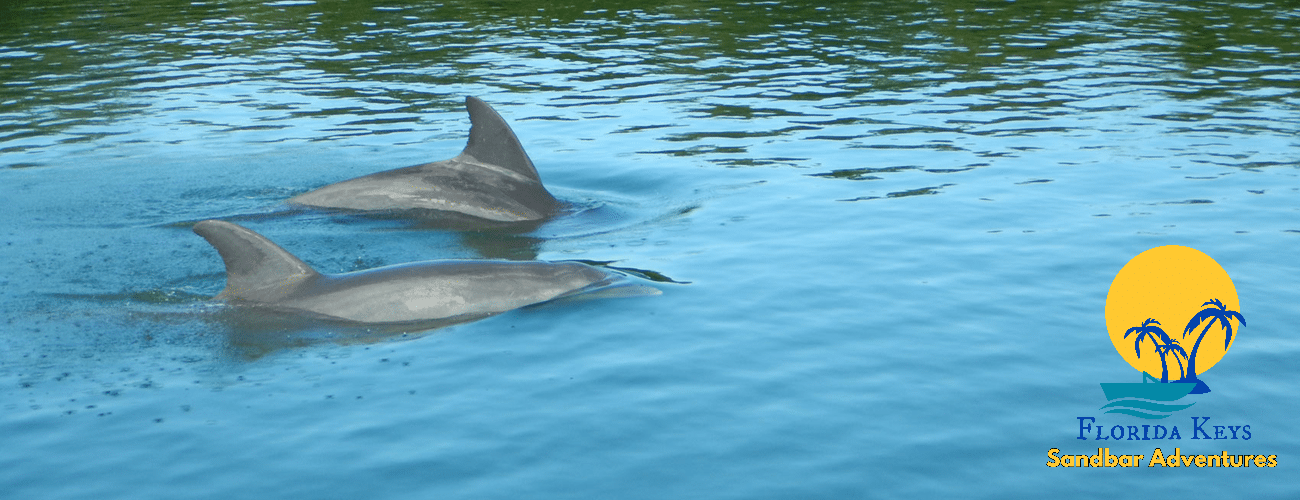Bottle nose dolphins are a very interesting marine mammal, which can be found in the warm waters of Florida. The average lifespan of a bottle nose dolphin is around 20 years, but some have been known to live up to 40 years. Bottle nose dolphins often travel in groups from five to fifteen individuals. Dolphins travel in packs because they use echolocation for navigation and hunting purposes. They also communicate with one another through whistles and body language such as tail slaps on the water’s surface. Bottle nose dolphins feed mostly on fish, squid, shrimp and other crustaceans.
The behavior of bottle nose dolphins varies depending on the season and habitat location. In the summer months when it is mating time for these dolphins they exhibit polyamorous mating strategies. Bottle nose dolphins often form bonds with one another and form pods which can share food and child rearing. The bonds between these males and females last for several years, some cases even a lifetime. Bottle nose dolphins in the Florida Keys also perform mating rituals such as chirping noises, body language and blatant flirting.
Bottle nose dolphin’s behavior changes drastically when it is time to raise their young. Females will provide milk for about 18 months while their calves grow at an accelerated rate. They learn new behaviors such as how to fish through observational learning from their parents or other adult bottle nose dolphins nearby who already know how to fish. The female dolphins become less social because they are only concerned with taking care of their young during this time and will often isolate themselves from the rest of the pod. Bottle nose dolphins leave behind older calves to make room for a new baby dolphin. The family unit is broken down as adults become more independent and go off on their own. Bottle nose dolphins also continue to grow throughout their entire lives, making it possible for them to reach up to seven feet long as adults.
Bottle nose dolphins do not migrate like other marine mammals such as whales because they live in warm climates near Florida year round and can adapt well with different habitats which provide food and shelter within close proximity. These conditions explain why bottle nose dolphins have managed to survive and thrive for so many years even before modern day technology was invented. But overfishing has led these amazing creatures toward extinction in the past. But bottle nose dolphins are constantly monitored by national agencies which conduct research on them to ensure that their populations continue to grow. Bottle nose dolphins are an important part of the marine ecosystem, they help maintain balance within the food chain and contribute immensely toward keeping this planet clean.
There are many different varieties of bottlenose dolphins including coastal dolphin, offshore dolphin, Indo-Pacific dolphin, and coastal ecotype coral reef habitat. Tropical marine habitats — These habitats include mangroves and estuaries rich with sea grass beds and coral reefs for feeding purposes. Here is where bottle nose dolphins laugh and play just like any other species of dolphins that live here near Florida’s coast .
Take a tour with us at Florida Keys Sandbar Adventures and see why everyone is saying we are the Best Sandbar Tours in Key West!

